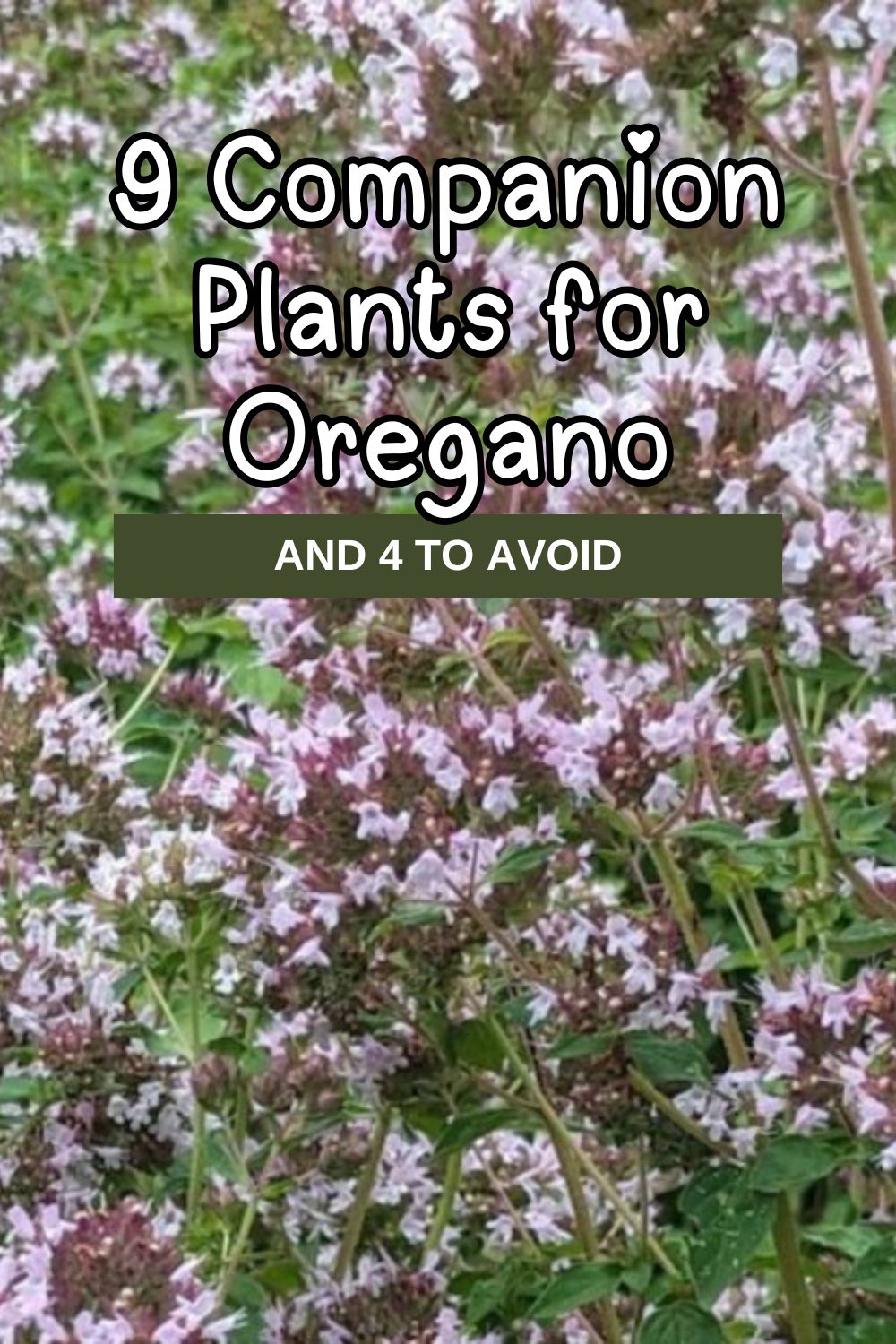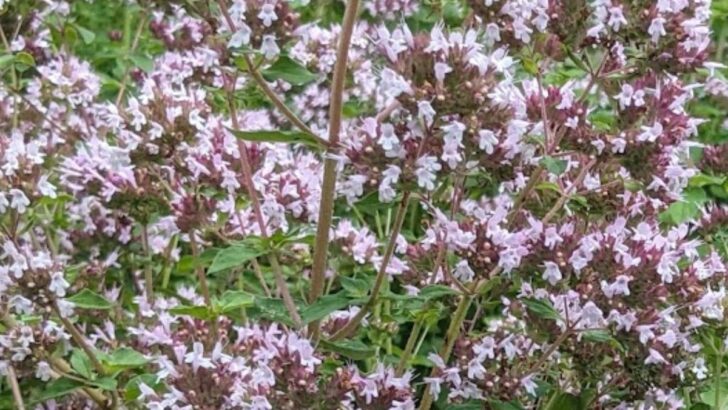Oregano (Origanum spp.) is one of my must-grow herbs due to its versatility in the kitchen and low maintenance in the garden. But I might not be utilizing its full potential! Oregano serves an excellent companion for many plants, offering such benefits as deterring common garden pests, attracting pollinators and other beneficial insects, and providing ground cover. I think I need to try planting oregano in other areas of my garden than just the perennial herb plot — though many perennial herbs are great companion plants for oregano!
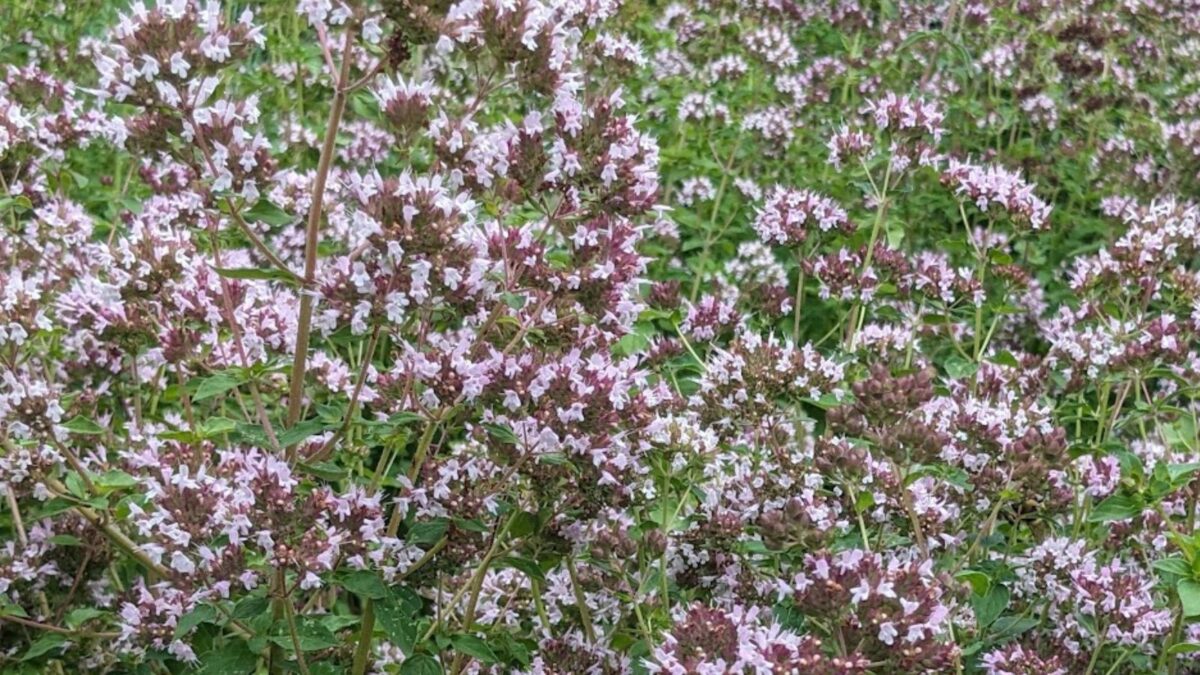
Best Companion Plants for Oregano
A perennial Mediterranean herb, oregano needs full sun and average to dry soil with excellent drainage. The best oregano companion plants also thrive in these conditions, as oregano grown in damp conditions with too little sunlight is more susceptible to disease and pests.
However, oregano grows well in containers, which means it can be potted up and placed anywhere in the garden to allow culturally incompatible plants to benefit from its pest-repelling and pollinator-attracting qualities. Italian oregano (O. vulgare) is a bit more tolerant of moist conditions than other types, if you would prefer to try growing it in the ground with thirstier plants.
Here are some of the best companion plants for oregano.
1. Lavender
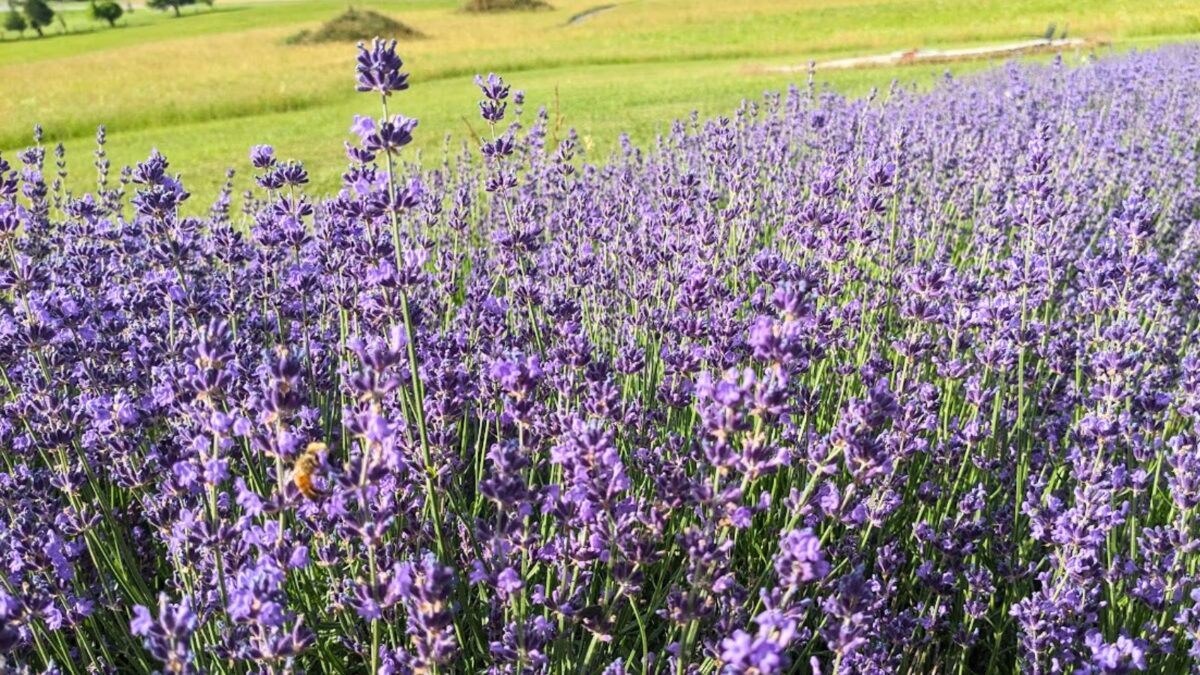
Also a Mediterranean herb, lavender enjoys the same sunny, dry conditions as oregano. This means that these two plants grow very happily together. With its sprawling habit, oregano provides ground cover, while lavender has a more compact, bushy habit, especially when properly pruned, so that they also don’t compete with each other for space or nutrients. Plus, they both deter pests and attract pollinators!
See how easy it is to grow lavender.
2. Rosemary
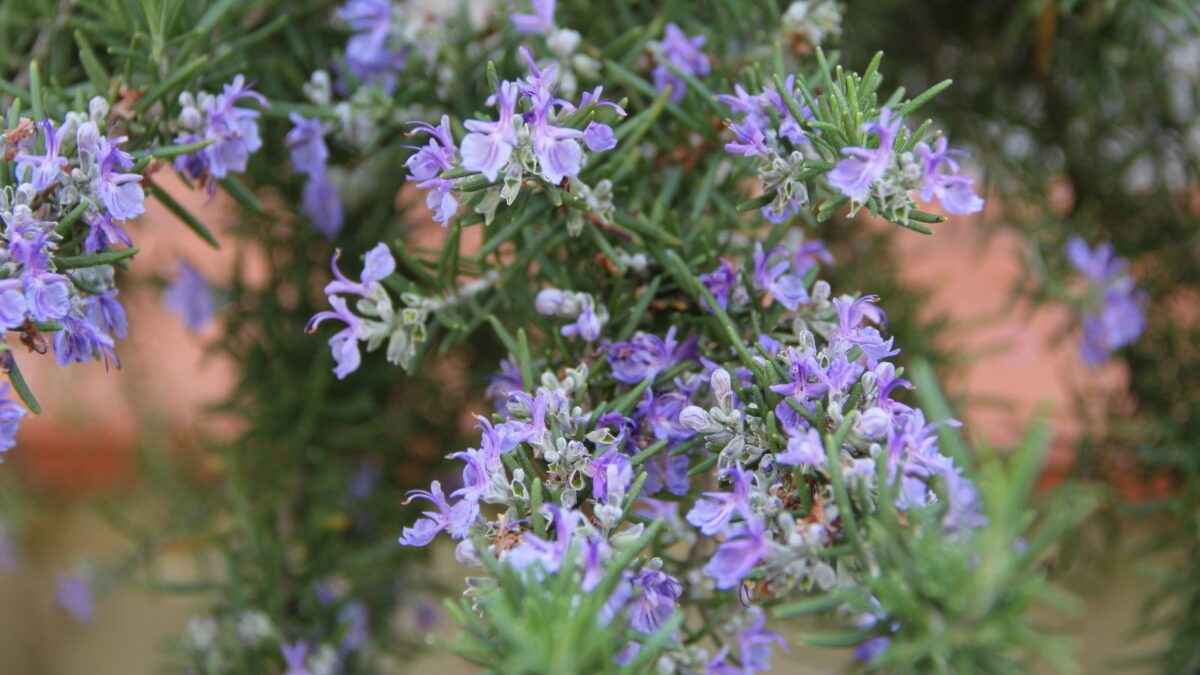
Rosemary gets along well with oregano for many of the same reasons as lavender. Like oregano, it deters cabbage moths, as well as cabbage loopers, carrot flies, Japanese beetles, Mexican bean beetles, slugs, and snails, making it a complementary companion for pest control.
Did you know rosemary flowers are edible? Here are 10 delicious ways to use rosemary flowers.
3. Sage
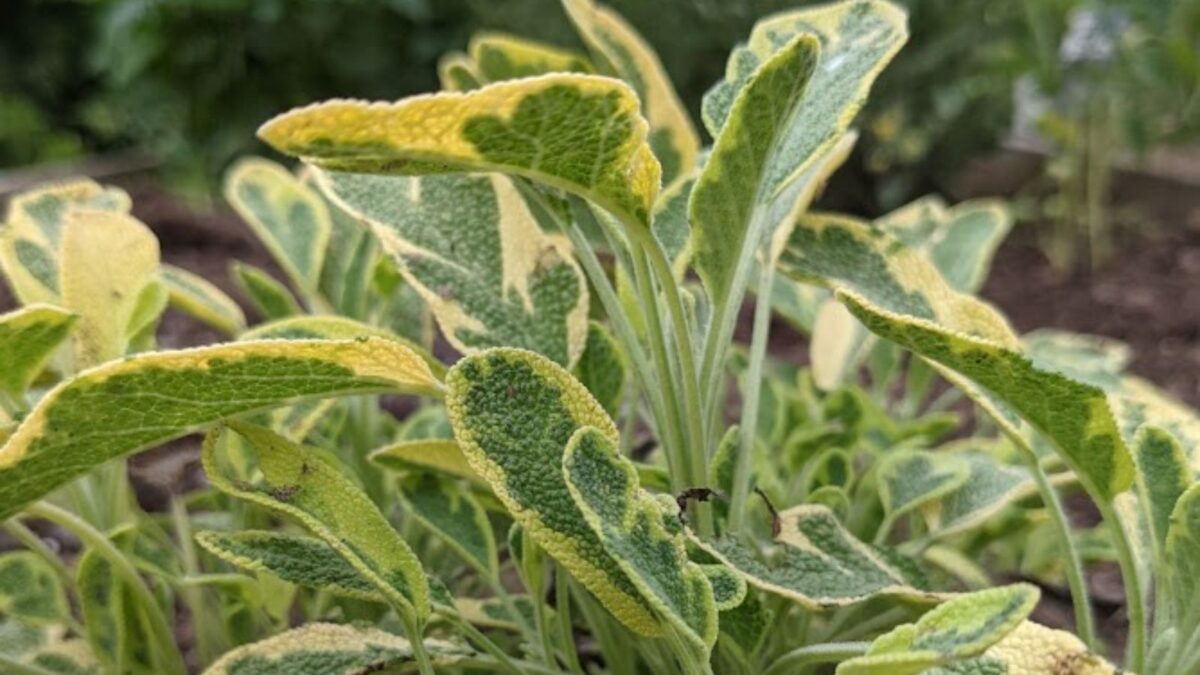
Do you see a pattern yet? Sage, too, is a Mediterranean perennial herb that likes dry, sunny sites. Its flowers also attract beneficial insects, and it complements oregano’s pest-repelling abilities by deterring beetles, cabbage loopers, cabbageworms, and carrot flies.
4. Summer savory
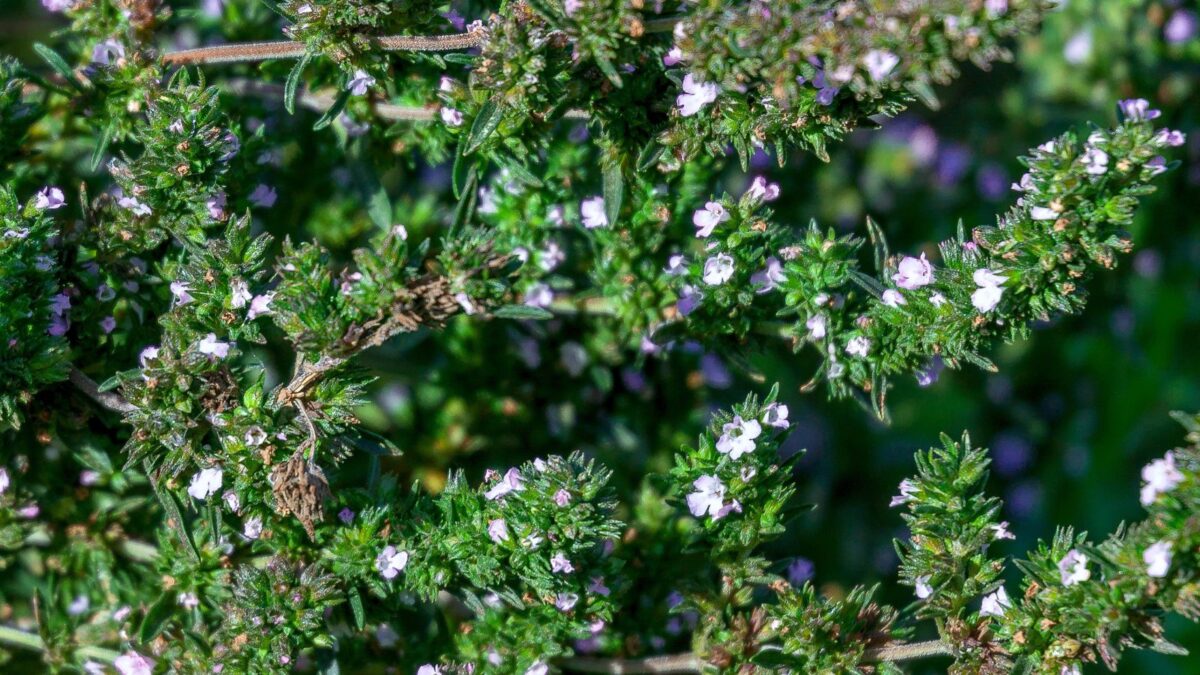
Yet another Mediterranean herb, summer savory deviates a bit from the others by being an annual. Otherwise, it shares many of the qualities and preferences of oregano and the other herbs in this list. Because it is an annual, it can easily be tucked into empty gaps between the others. Summer savory repels black aphids, cabbage moths, and Mexican bean beetles.
5. Thyme
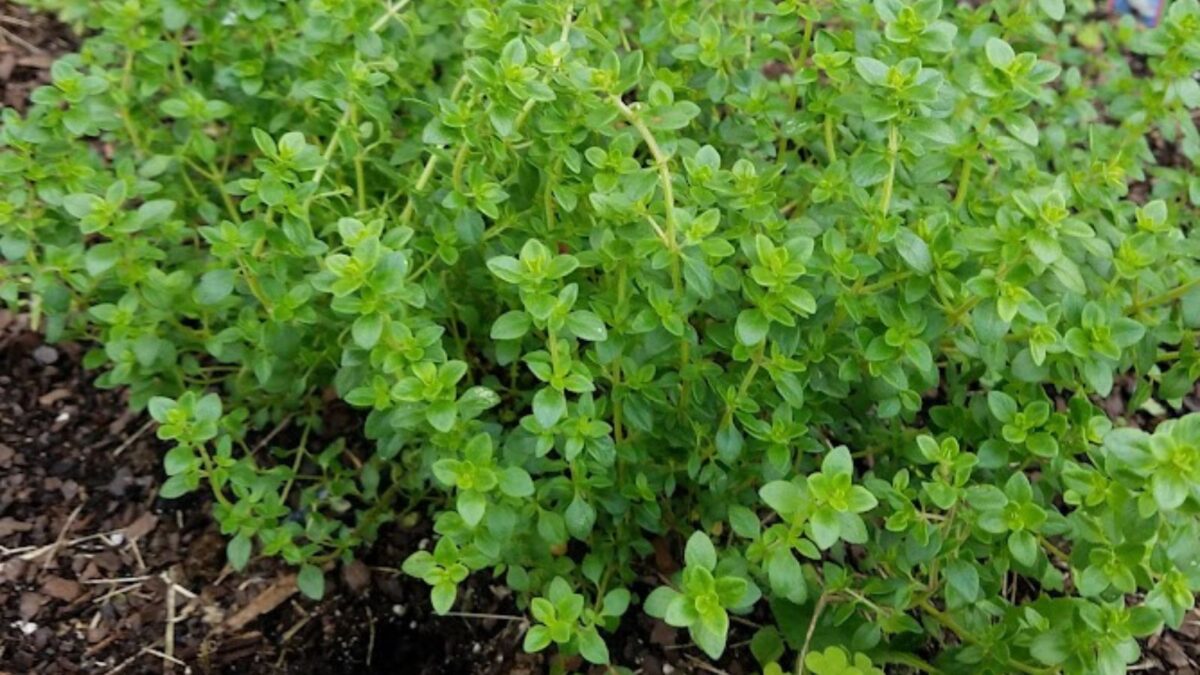
One last Mediterranean herb! Thyme goes well with oregano in both the kitchen and the garden. This low-growing perennial herb is a good choice to plant near the front of the herb garden alongside oregano. It has nectar-rich flowers that draw in parasitic wasps as well as pollinators, and it also complements oregano by repelling pests like cabbageworms and whiteflies.
6. Brassicas
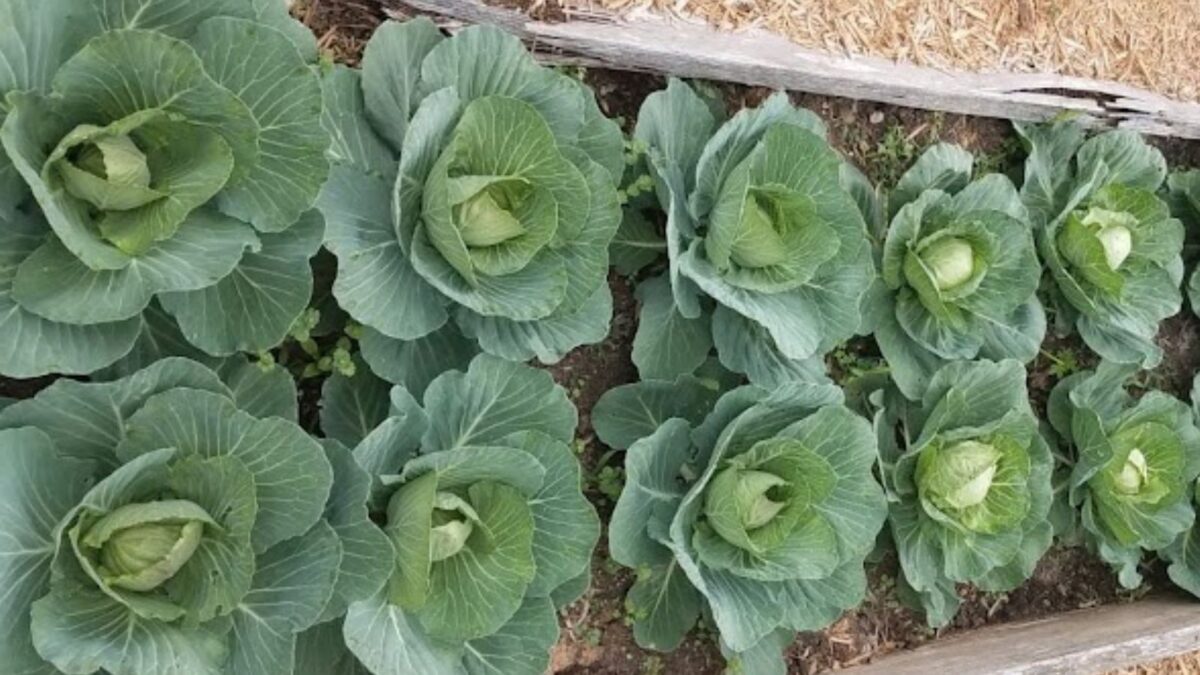
Although they require more water than oregano likes, broccoli, cabbage, and other members of the brassica family can really benefit from growing near oregano. Oregano repels cabbage moths, which can easily devastate a brassica crop. Place potted oregano near your brassicas, or plant brassicas in with Italian oregano, which has a higher tolerance for moist soil.
7. Cucumbers
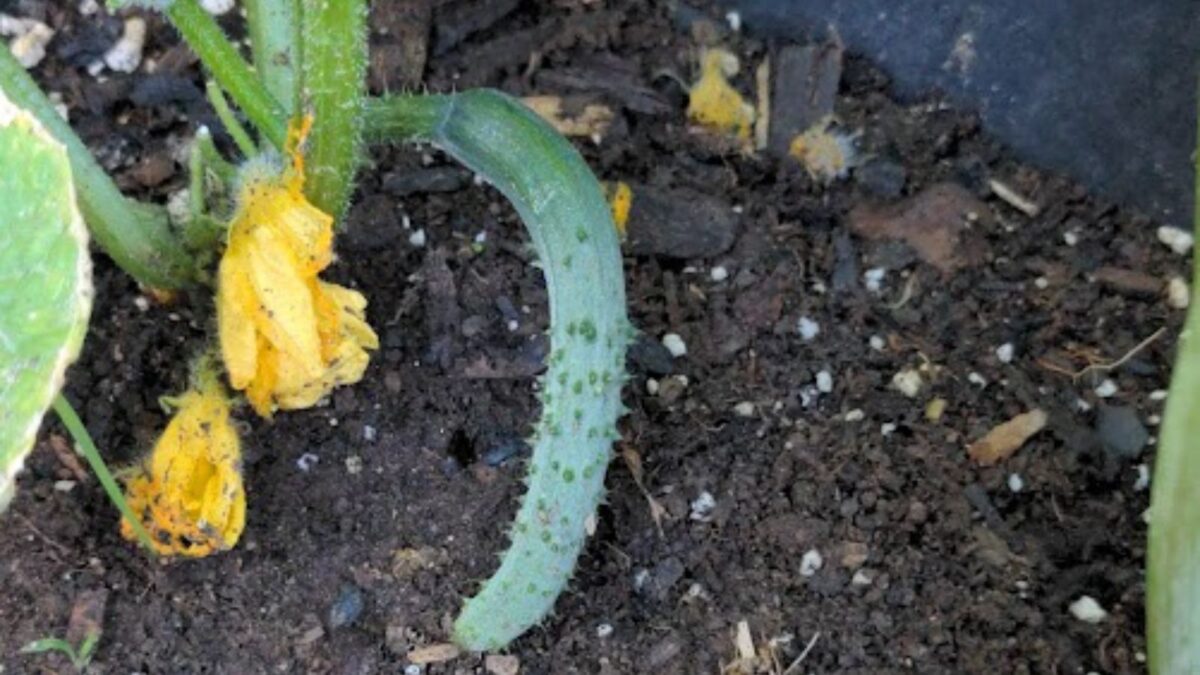
Oregano also does an excellent job at keeping cucumber beetles at bay, an invaluable benefit for cucumber vines. Again, cucumbers need a lot more moisture to help the fruits grow plump and sweet, so use Italian oregano or potted plants to help keep the oregano happy.
8. Tomatoes
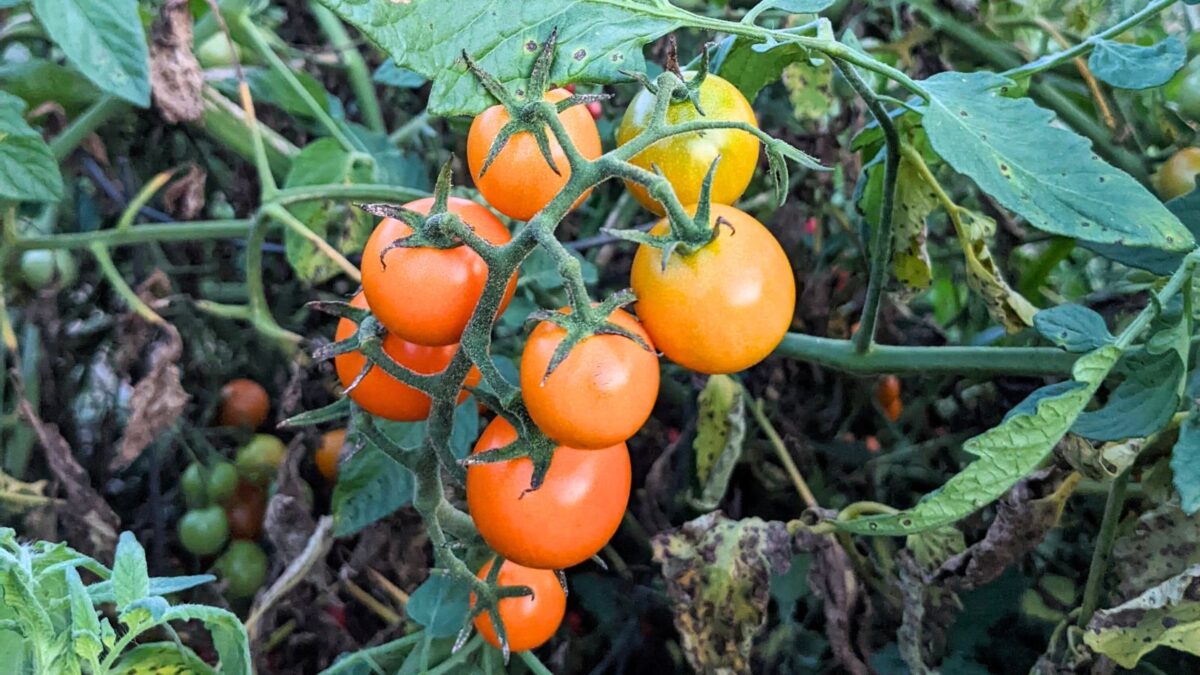
In addition to deterring insect pests, oregano attracts pollinators and other beneficial insects with its lovely little flowers. It also acts as a living mulch around tall, spindly tomato plants. Use a moisture-tolerant variety like Italian oregano and make sure to water your tomatoes deeply but less frequently to get the water down to their deep roots without waterlogging the oregano.
20 Best Cherry Tomatoes to Grow in Your Garden
9. Grapes
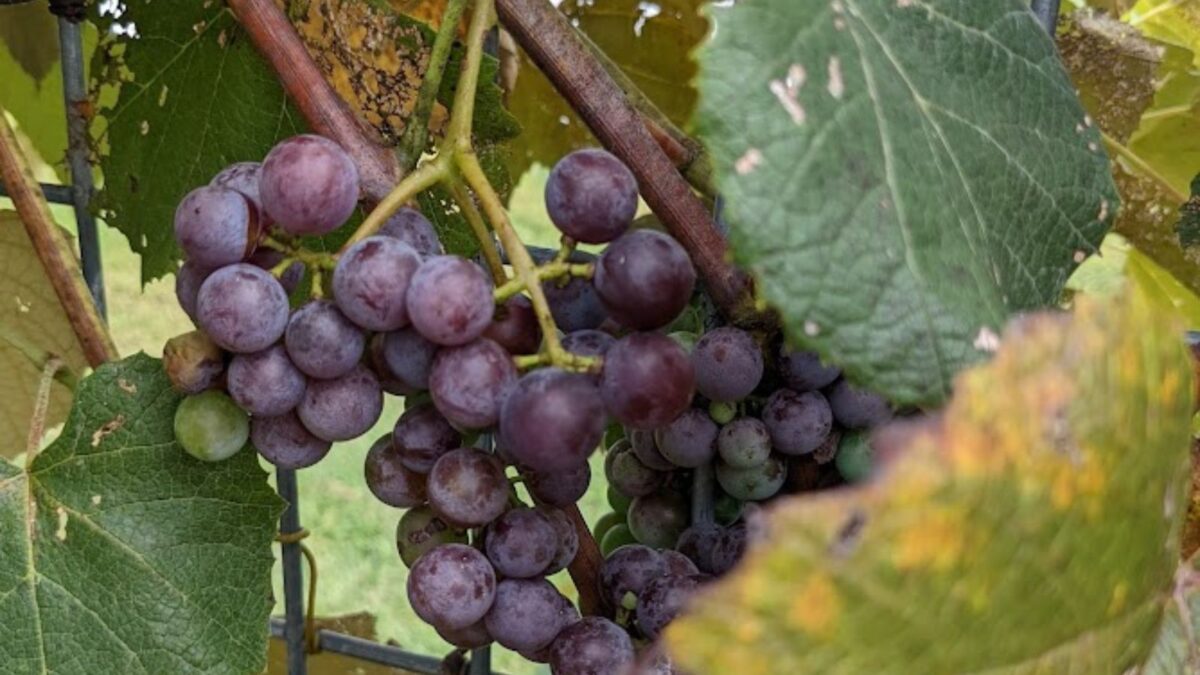
Oregano repels insect pests that like to munch on grape vines and attracts essential pollinators. It also makes for a nice sprawling ground cover around the vines, shading out weeds with its aromatic foliage. Plus, both grapes and oregano thrive in full sun and well-drained soil.
Worst Companion Plants for Oregano
Some plants just don’t get along well with oregano. They might require more water than oregano likes, compete for space, or share the same diseases. Here are a few generally bad companion plants for oregano.
1. Celery
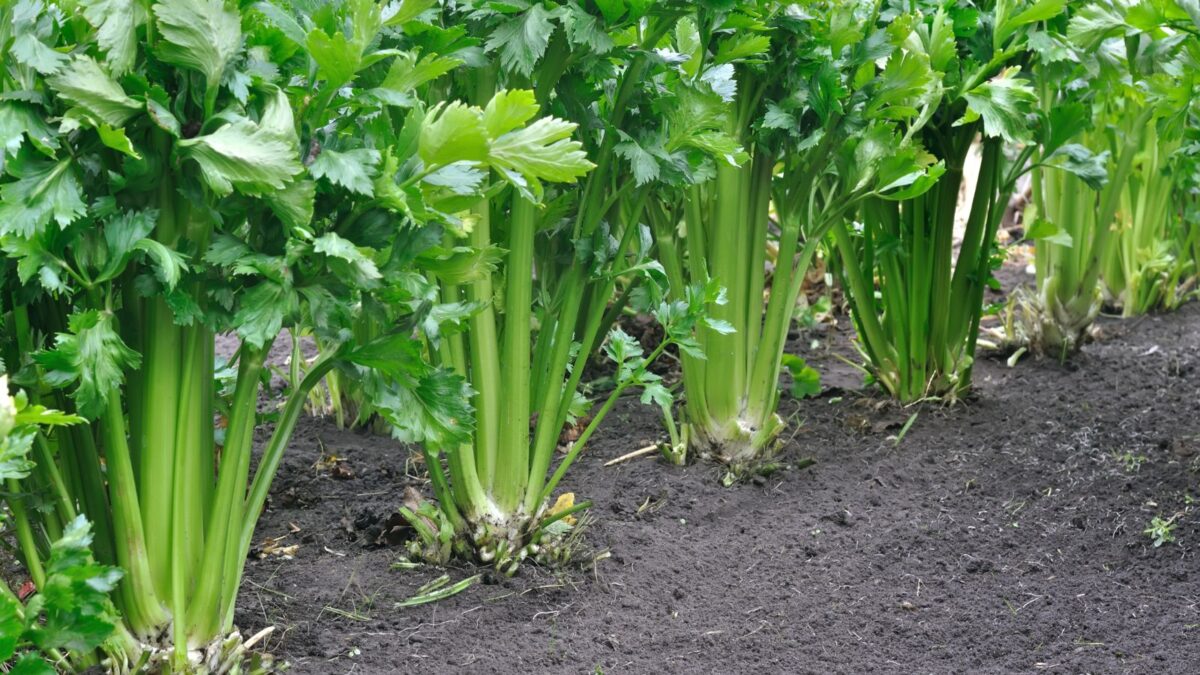
Celery needs a lot of water. If oregano and celery are planted together, either the oregano will suffer from too much moisture, or the celery will suffer from too little.
2. Cilantro
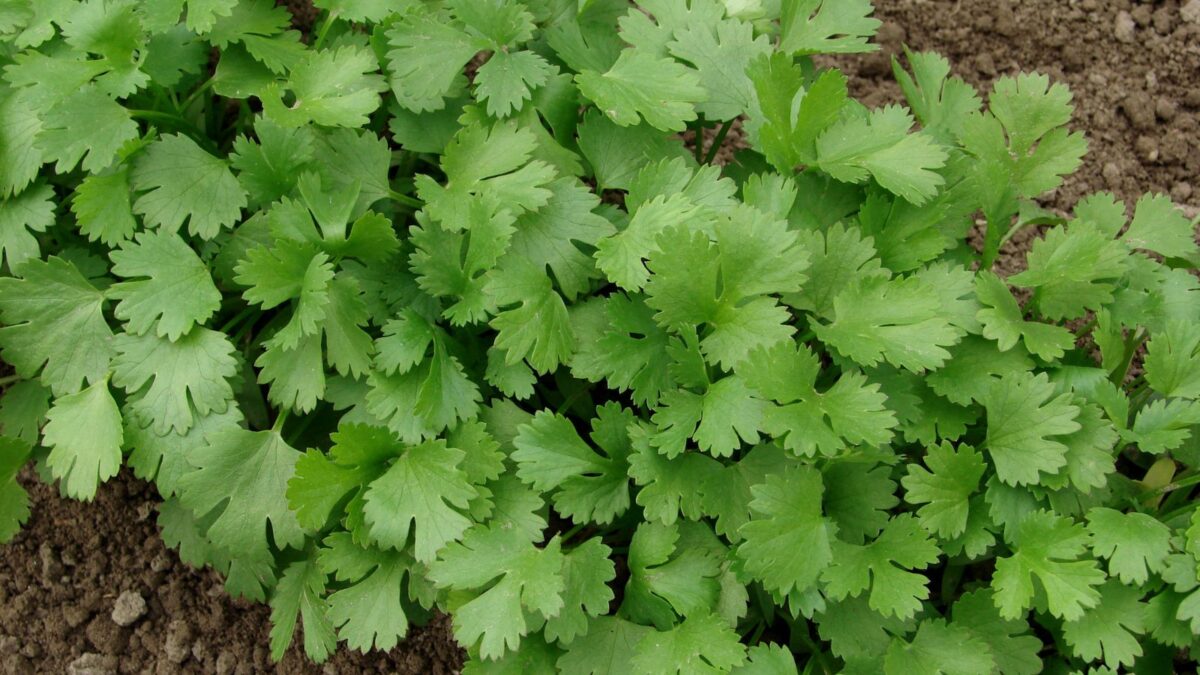
Cilantro thrives in cool, moist conditions, and may even benefit from some shade. Oregano, as you well know by now, likes things dry and sunny.
3. Melons
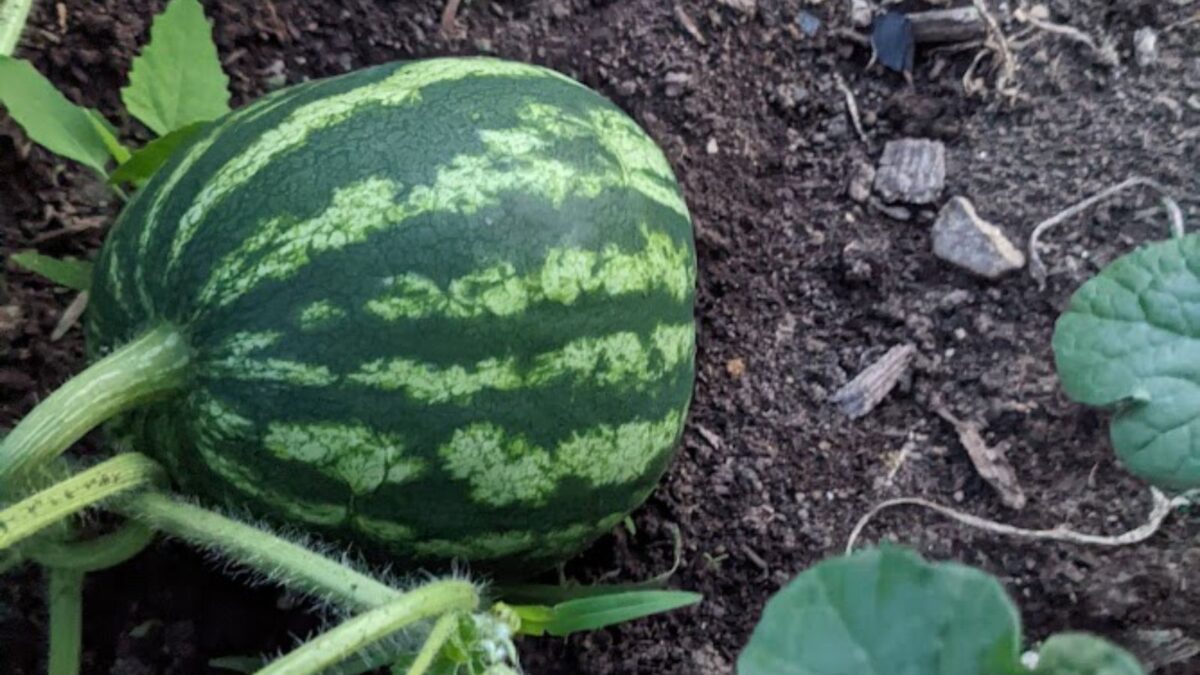
Yep, another thirsty plant here. Melons need a lot of water in order to plump up! Plus, melon vines tend to take over, leaving little room for other plants, like oregano.
4. Mint

Mint, too, likes to take over and is therefore best planted in a container or well-contained bed, such as a raised bed or an area bordered by walls and sidewalks. It can also share diseases and pests with oregano, which belongs to the same family.
Oregano provides wonderful benefits to so many plants! As long as you provide it with enough space and excellent drainage, it can reduce pest pressure and increase pollinator activity around a variety of vegetables and herbs, and even fruit.
